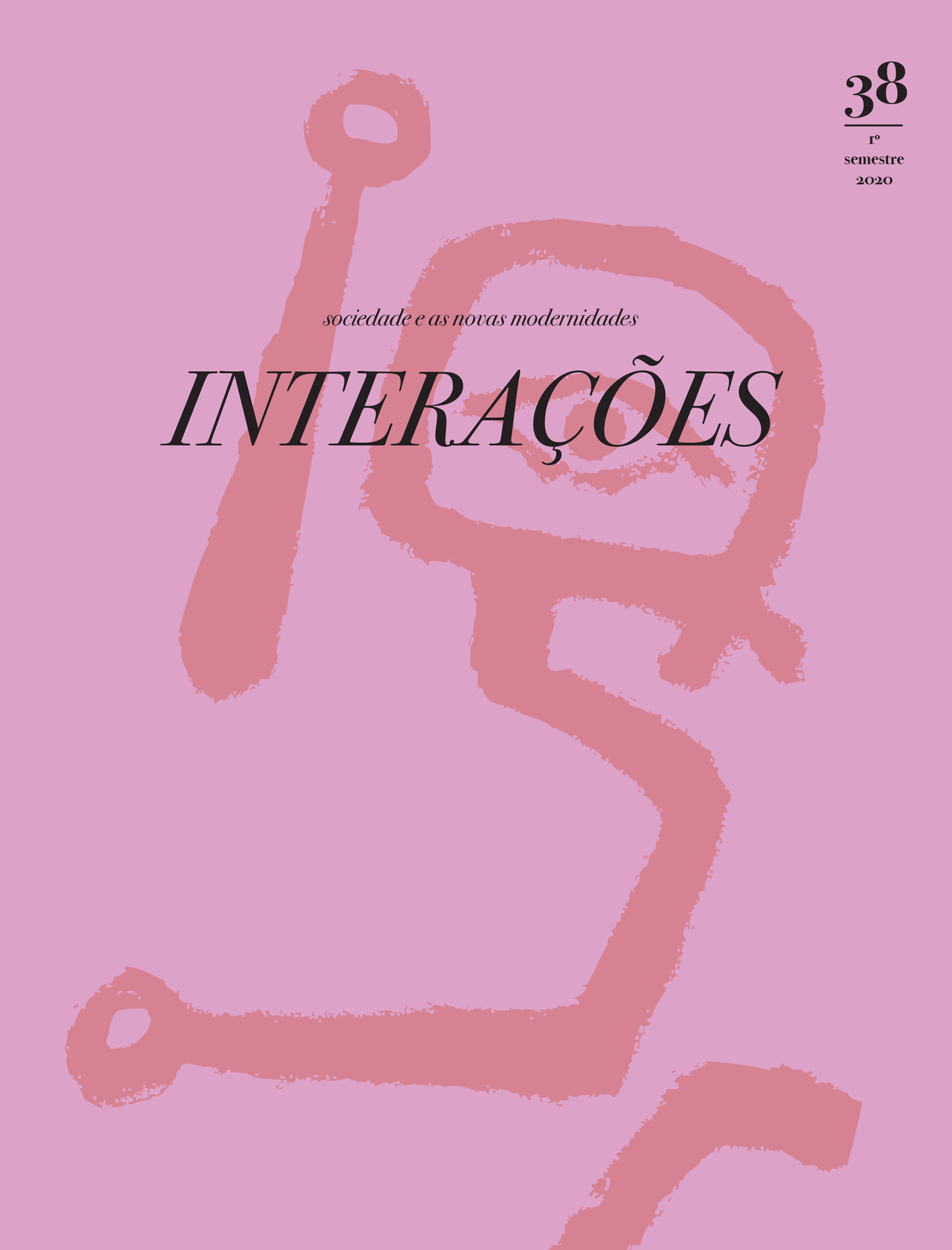A Communication for Development Approach to Eradicating Polio: India Succeeds
Research-Driven Outreach, Extension & Interpersonal Strategy
DOI:
https://doi.org/10.31211/interacoes.n38.2020.a6Palabras clave:
Polio eradication, Immunization, Child survival, Risk factors, C4D (Communication for Development), Strategic communication, SBCC, IndiaResumen
Communication for development (C4D), has been identified as a major factor in eradication of Polio in India. India has been hailed as a success as it saw innovative use of epidemiological data and application of multiple communication channels, especially for the Polio eradication programme. It has also been perceived that communication for Polio eradication has mostly promoted Polio-vaccine drops whereas the main causal factors such as low rates of routine immunization, poor sanitation, lack of clean drinking water, and poor nutrition that are responsible for spread of Polio virus have not been promoted have not been promoted as the behavior-change content. The research was held in sub-urban clusters around the capital city of Delhi inhabited by migrants from two Indian states. The research documented that the knowledge and perceptions of large number of communities are very low with regard to recalling any causal factors which lead to Polio transmission. Research concludes, for behaviours to change, that cultural taboos, societal norms and structural inequalities need to be taken into consideration, including special emphasis on migrant settlers. Communication strategies have to be cognizant of and in tune with the policy and legislative environment and also linked to the service delivery aspects for the most vulnerable and socially-excluded.
Descargas
Citas
Ajzen, I. (1991). The theory of planned behavior. Organizational Behavior and Human Decision Processes, 50(2), 179-211. https://doi.org/10.1016/0749-5978(91)90020-T
Brooks, T. & Khan, O. A. (2007). The End of Polio. American Public Health Association Press.
Frenkel, L. D., & Nielsen, K. (2003). Immunization Issues for the 21st Century. Ann Allergy Asthma Immunol 90(6), Suppl 3, 45-52.
Gupta, D., Ariyarathne, K., Refai, A., & Rathnayake, S. (2018). Confronting Health Communication Challenges Addressing Tuberculosis in Sri Lanka: Synopsis. Interações: Sociedade e as Novas Modernidades, (35), 134-147. https://doi.org/10.31211/interacoes.n35.2018.e1
Gupta, D., & Bansal, K. (2014). Strategic Communication in Polio Eradication. Media Map IV(I), 31-33. Retrieved from http://www.academia.edu/7783006/Social_Media_Challenges_and_Prospects
Gupta, A., & Khera, A. (2010). Prospective Planning for Child Health in India. Government of India, Ministry of Health and Family Welfare (MOHFW). Retrieved from http://14.139.116.20:8080/jspui/bitstream/10603/285388/4/chapter%201.pdf
Jacob, J. T., Shah, N. K., & Thacker, N. (2006). Indian Academy of Pediatrics & Polio Eradication in India. Indian Pediatrics, Vol. 43.
Prochaska, J. O., & Norcross, J. C. (2001). Stages of change. Psychotherapy: Theory, Research, Practice, Training, 38(4), 443–448. https://doi.org/10.1037/0033-3204.38.4.443
Rogers, E. M. (2004). A Prospective and Retrospective Look at the Diffusion Model, Journal of Health Communication, 9:sup1, 13-19. https://doi.org/10.1080/10810730490271449
Descargas
Publicado
Cómo citar
Número
Sección
Licencia
Derechos de autor 2020 Deepak Gupta, Kiron Bansal, Anusha Agarwal

Esta obra está bajo una licencia internacional Creative Commons Atribución-NoComercial 4.0.
Los derechos de autor de las obras publicadas son retenidos por el autor que otorga a Interações el derecho de publicación original. El artículo publicado se puede utilizar libremente con fines educativos, no comerciales, de acuerdo con la Licencia Creative Commons - Atribución-NoComercial 4.0 Internacional, siempre que el autor, el título del artículo, el título y el número de la revista sean citado junto con la URL o DOI del artículo.



